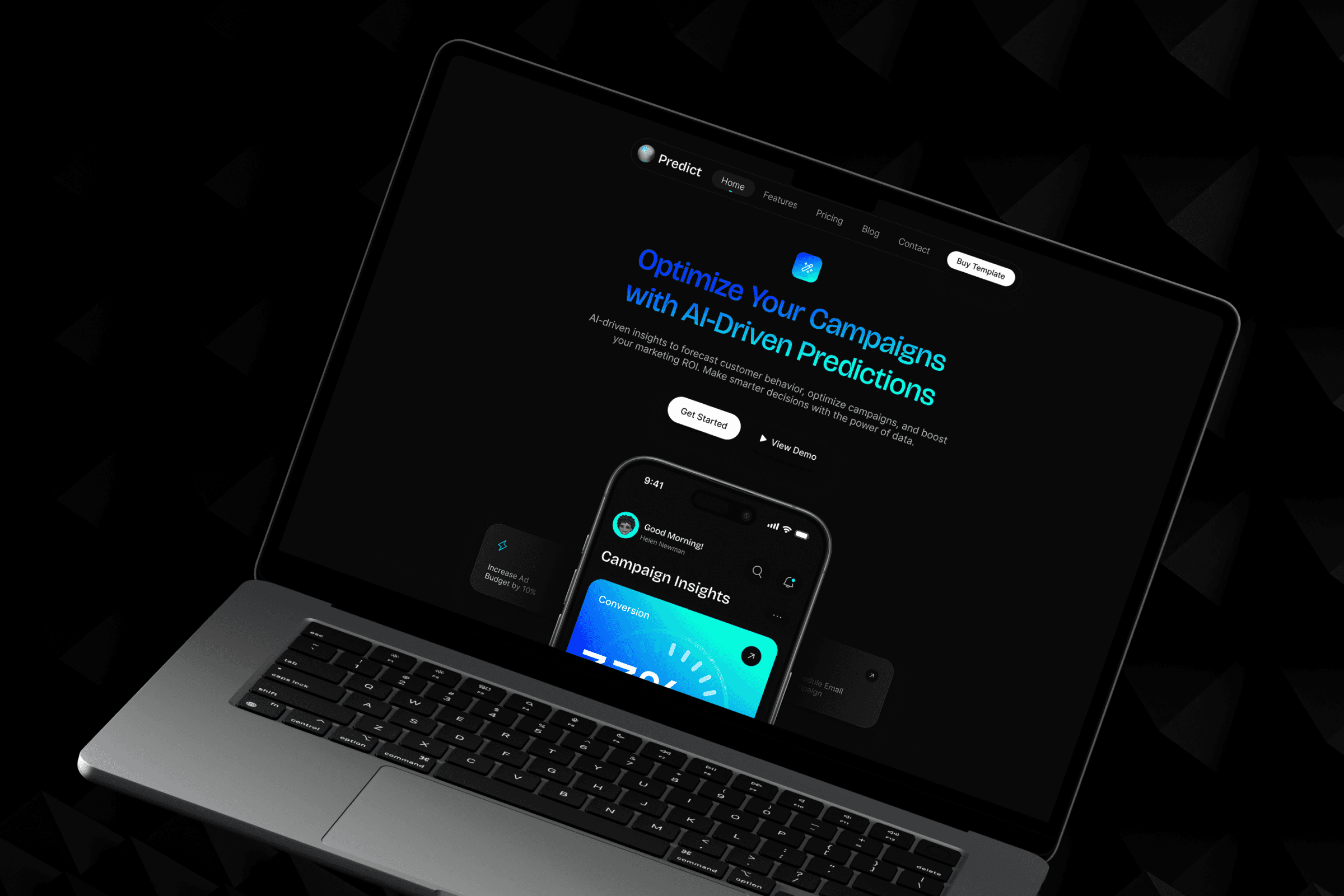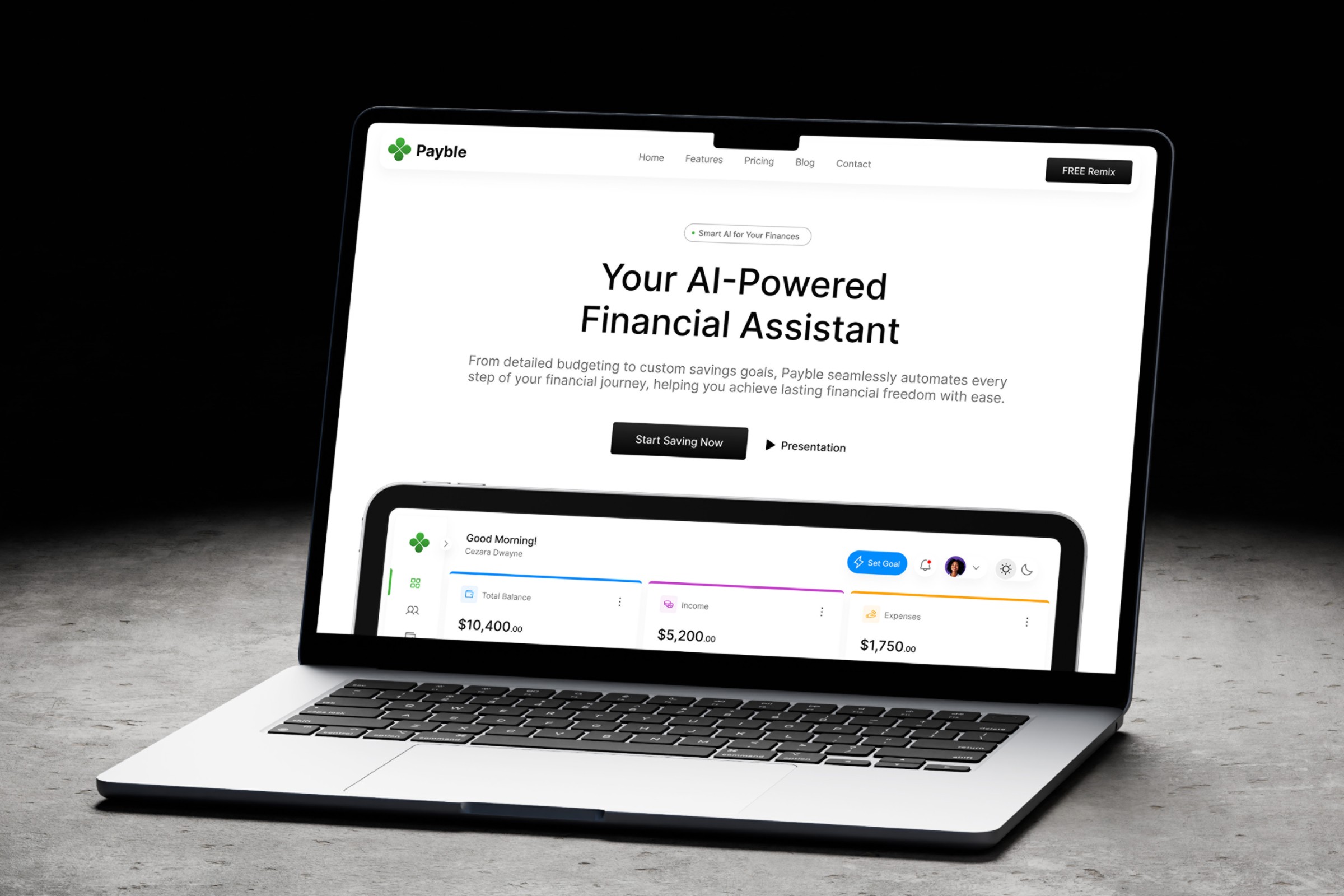Case Study: Simplifying Event Management for Organizers — Ostivitie
Overview
Ostivities is a comprehensive event management platform built for African event organizers. It empowers users to plan, promote, and manage both physical and virtual events — from ticketing and attendee engagement to merchandise, vendor management, and analytics.
My role spanned from ideation and user research to wireframing, prototyping, final UI design and QA supervision.
1. The Problem
Event organizers in Nigeria — especially for large festivals, conferences, and trade shows — face fragmented workflows:
Managing tickets manually or with inflexible tools
No easy cloning for recurring events
Disconnected systems for tracking sales, checking in attendees, managing vendors or merchandise
Poor analytics and lack of data visibility
Limited branding options for attendee banners
Cumbersome promotion and engagement tools
These friction points affected both small- and large-scale organizers. Our goal was to centralize and simplify these workflows while supporting monetization.
2. Research & Discovery
Methods:
15 in-depth interviews with organizers (from Lagos, Abuja, Port Harcourt)
Competitor analysis (Tix, Eventbrite, Ariya Tickets, Selar)
Feature benchmarking
Personas and journey maps
Key Insights:
87% relied on WhatsApp/Excel for tracking vendors or merchandise
70% of organizers run recurring events and needed a "clone" feature
Most organizers needed help with last-minute attendee check-in chaos
Many used third-party banner tools that lacked personalization
Data exports were often manual or disorganized
These findings directly influenced our MVP scope and prioritized features.
3. Solution & Product Thinking
We envisioned Ostivities as a unified dashboard that empowers organizers to:
Sell tickets seamlessly (across card, bank transfer, USSD, mobile money)
Promote events effortlessly through attendee banners and email
Track performance in real-time with rich analytics
Manage vendors, booths, and merchandise in one space
Automate repetitive actions like cloning events or sending reminders
We broke down the features into modules and used a design-first approach to validate flows before development.
4. Design Process
Tools Used:
Figma (design system, wireframes, prototypes)
Whimsical (user flows, journey mapping)
Prototypes
Interactive prototypes tested with 5 key users
Iterated on flows based on confusion around attendee banners and check-in dashboards
UI System
Typography: Bricolage Grotesque
Color: Primary — #e20000 (Ostivities Red)
Components built to be mobile-first and scalable
5. Key Features Designed
🎟️ Ticket Inventory Management
Toggle sales on/off with one click
Time-based pricing with scheduling support
🔁 Event Cloning
One-click duplication of full event setup
Saves time on recurring events
📊 Analytics & Reports
Summary dashboard: tickets sold, revenue, check-in stats
Exportable CSVs with filters
📣 Promotion Tools
Auto-generated attendee banners
Custom banner designer built in
One-click share to WhatsApp, X, Instagram
🧾 Vendor & Booth Management
Booth category creation and pricing
Booking status and assignments dashboard
👕 Event Merchandise
Upload custom items
Integrate into registration checkout
Inventory tracking and delivery methods
6. Final Execution & Handoff
Led UI and partial frontend build
Oversaw staging QA and design review process
Documented feature behavior and edge cases for handoff
7. Measurable Impact
₦1m+ processed in ticket sales in first 2 months
60% reduction in time spent setting up events (post-cloning)
3x increase in social sharing using attendee banners
Zero high-priority UI bugs post-launch
5+ active partnerships secured with major event organizers
8. Reflections & Learnings
End-to-end thinking: From research to execution, every feature tied to user insights
Design for scalability: Every UI module was built for reusability
Collaborative mindset: Worked closely with engineering, QA, and our early adopters
Impact focus: Kept business and user goals aligned across design decisions
This case study demonstrates my ability to lead, design, and execute impactful, insight-driven solutions from the ground up.





